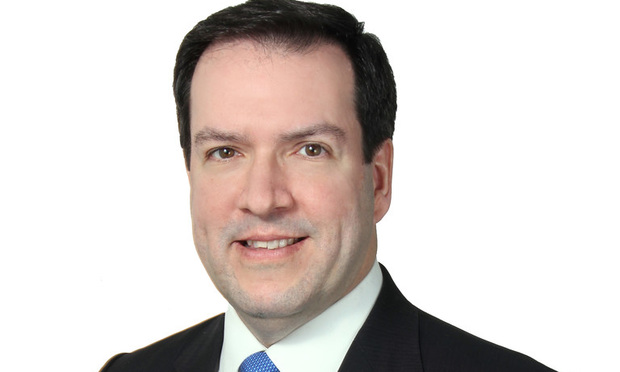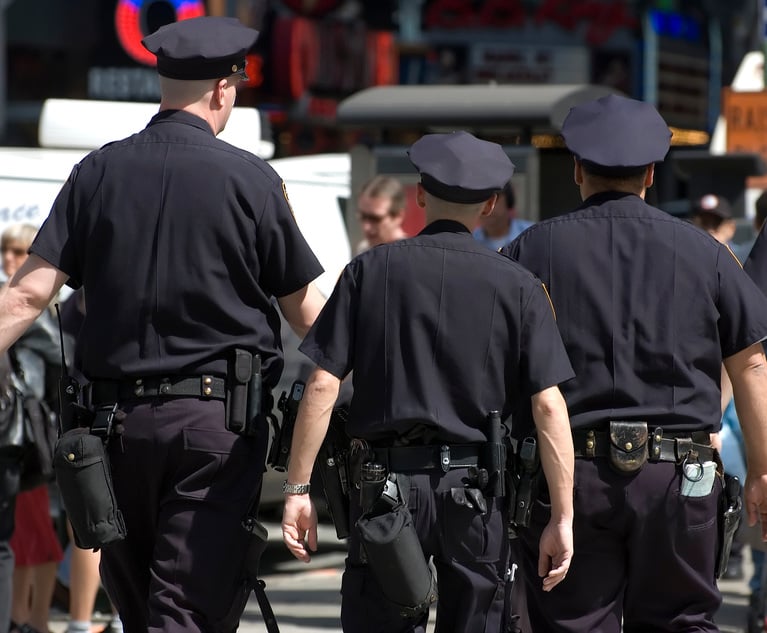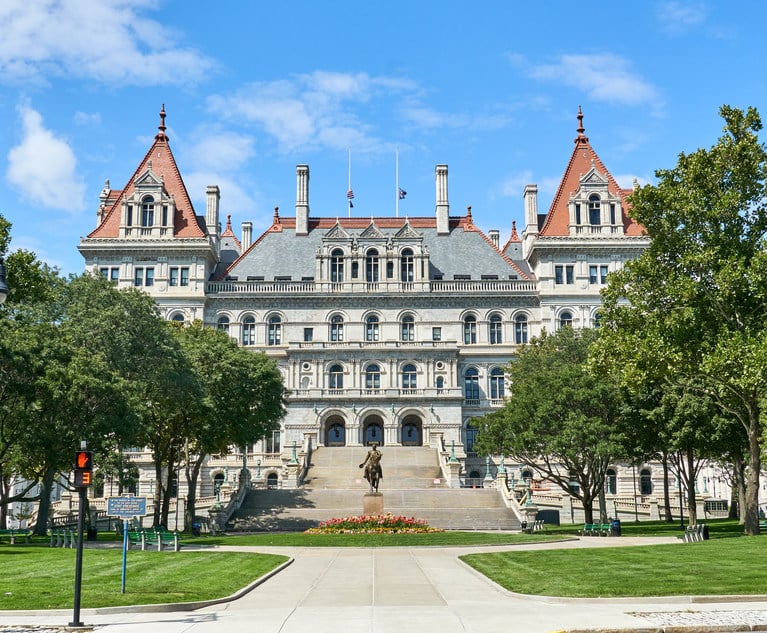In Part I of this two-part column, we examined the backdrop to the establishment late last year of the New York State Commission on Prosecutorial Conduct (the Commission), as well as the scope of the new Commission’s authority. Today’s Part II examines the makeup of the Commission and its staff and the conduct of Commission proceedings, including its investigatory powers.
The Commission and Its Staff
If upheld constitutionally, the Commission will have 11 members, who are to be appointed by the Governor (four), the Chief Judge (three), and the four legislative leaders (one each). Of the 11 members, 10 are required to be either former or current public defenders or prosecutors (evenly split, two of whom must also be former judges), and the last is required to be a law professor or dean with “significant criminal law experience.” Judiciary Law §499-c(1)(a), (b), (c). This type of micromanaging of commission membership by the Legislature is not new in New York (e.g., N.Y. Const. Art. 6 §22(b) (Commission on Judicial Conduct); Exec. Law §94(2) (Joint Commission on Public Ethics)), but this is the first time that the career paths of commissioners are being specified in such a binary way. The rationale behind it is likely a lack of trust that one “side” or another will be fair to prosecutors or to complainants, and ultimately speaks to a bigger problem in our criminal justice system: the ever-growing divide between how state prosecutors and public defenders view the world. See, e.g., New York State Bar Association, Report of the Task Force on Criminal Discovery (Jan. 30, 2015) (the only three prosecutors on 22-member task force dissent from recommendations for drastically expanding criminal discovery). No doubt, a commission of this magnitude could also benefit from more diverse points of view within the Bar, or even (as is the case with Grievance Committees) include laypeople.


 Daniel R. Alonso
Daniel R. Alonso




